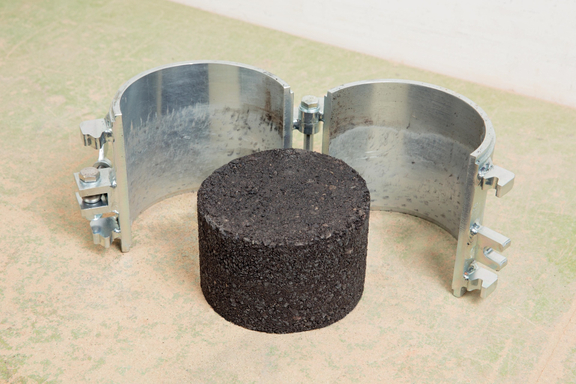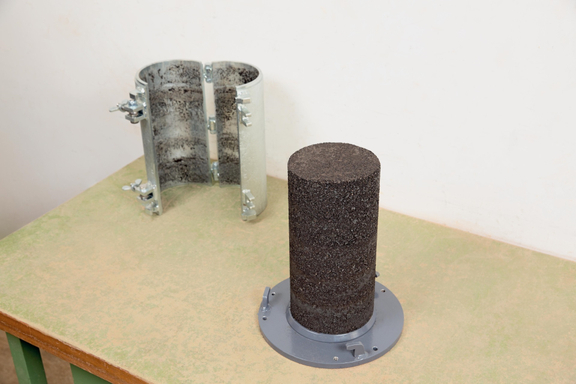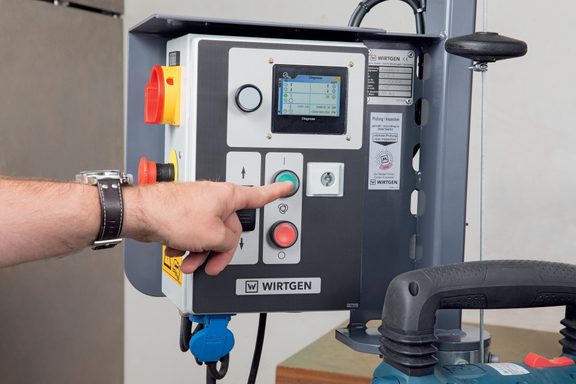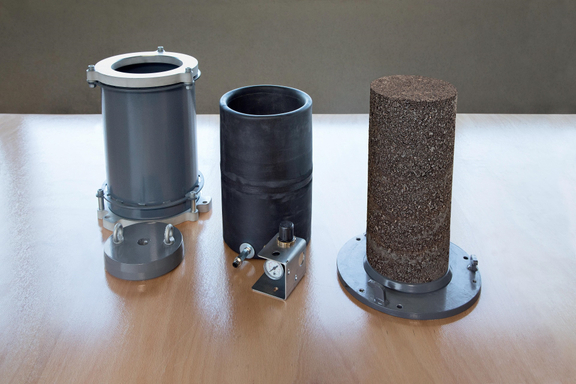WLV 1 Laboratory compactor
23
J
Preliminary testing to determine the mix quality
Show less Highlights

Efficient manufacture of test specimens
Technical specifications
- Dimensions (L x W x H)
- Own weight
- Electrical system
- Cylindrical mould, large (Ø x H)
- Cylindrical mould, small (Ø x H)
- Impact energy, max.
-
- Dimensions (L x W x H)
- 720 x 600 x 1,950 mm
- Own weight
- 170 kg
- Electrical system
- 1,8 kW verschiedene Verbrauchernetze möglich
- Cylindrical mould, large (Ø x H)
- 152 x 320 mm
- Cylindrical mould, small (Ø x H)
- 152 x 150 mm
- Impact energy, max.
- 23 J
All details, illustrations and texts are non-binding and may include special equipment. We reserve the right to make technical changes without prior notice. Performance data are dependent upon actual operational conditions.



